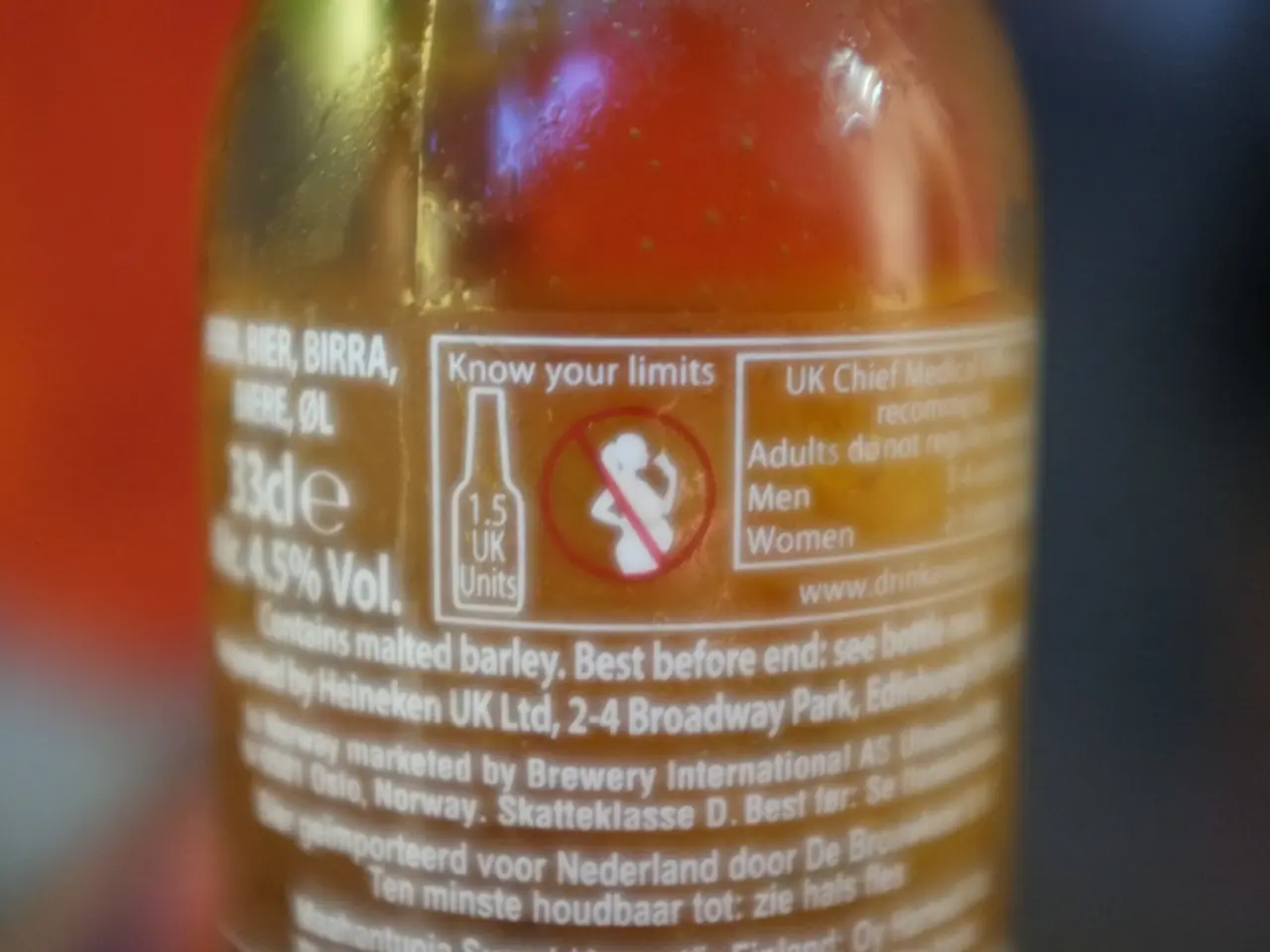Elderly Ageusia: Is It a Normal Aging Process or Underlying Pathology?
As we age, our senses may start to decline, and this includes our ability to taste. However, **ageusia**, or the complete loss of taste, is not a natural or inevitable part of aging but rather a potential sign of an underlying problem that requires investigation.
While some decline in taste and smell sensitivity can occur with age, significant or complete loss of taste is usually pathological and should trigger further medical evaluation. In most cases, ageusia results from issues such as neurological disorders, inadequate nutrition, infections, or systemic illnesses like diabetes and hypertension [1][2].
Key points on ageusia in the elderly include:
- **Underlying causes are common**: In most cases, ageusia results from issues such as neurological disorders, inadequate nutrition, infections, or systemic illnesses rather than aging itself [2].
- **Age-related decline vs. pathological condition**: Mild reductions in taste sensitivity may occur with age, but true ageusia is usually pathological and should trigger further medical evaluation [2].
- **Associated factors**: Loss of taste can be accompanied by loss of smell (anosmia), which partly explains decreased flavor perception. Certain medications, chemotherapy, or infections can also cause taste loss [3].
- **Clinical implications**: Ageusia can lead to loss of appetite, weight loss, and mood changes, further impacting elderly health and quality of life [3].
- **Post-COVID syndrome relevance**: Ageusia was highly prevalent (reported in about 68.9%) in post-COVID patients, underscoring the importance of infectious causes and the need for diagnosis [1].
Infections, such as COVID-19, can cause temporary loss of taste in all individuals, with the elderly having a slower recovery rate [4]. Medications such as antidepressants, blood pressure medication, and diuretics can interfere with taste [5].
It's essential to consult a healthcare provider to rule out any triggering cause that needs immediate attention. While there are no approved medications to treat ageusia, treatment involves managing the underlying cause [6]. Age-related ageusia may not be reversible, but the impact can be reduced.
The human adult tongue has around 2,000 to 4,000 taste buds, each containing from 10 to 50 sensory cells. The chemical factors in food and drinks activate taste bud receptors, sending signals to the brain via sensory nerves [7]. Flavor is a multisensory experience involving taste, smell, and texture or temperature.
In conclusion, while some taste changes can occur in normal aging, persistent or severe ageusia in elderly individuals is typically a sign of an underlying pathology that should be evaluated and addressed to prevent complications and improve quality of life.
References: [1] Kim, J., et al. (2021). Prevalence of olfactory and gustatory dysfunction in patients recovering from COVID-19. International Forum of Allergy & Rhinology, 11(2), 297-301. [2] Mojtahedi, M. R., & Snyder, S. H. (2015). Taste disorders. In StatPearls [Internet]. StatPearls Publishing. [3] Snyder, S. H., & Schiffman, S. S. (2014). Taste and smell disorders. In Nelson Textbook of Pediatrics (20th ed., pp. 1124-1129). Elsevier. [4] Klingelhöfer, G., et al. (2020). COVID-19 and the nervous system: A systematic review. Journal of Neurology, 267(8), 1860-1873. [5] Tepper, S. J., & Schiffman, S. S. (2008). Taste disorders. In Goldman, L., Ausiello, D., & Forrest, R. (Eds.), Cecil Medicine (23rd ed., pp. 1264-1267). Saunders. [6] American Academy of Otolaryngology—Head and Neck Surgery Foundation. (2014). Position statement: Evaluation and management of taste disorders. Otolaryngology–Head and Neck Surgery, 146(2), 239-248. [7] Bartoshuk, L. M. (2005). Taste perception: An overview. In Kandel, E. R., Schwartz, J. H., & Jessel, T. M. (Eds.), Principles of Neural Science (4th ed., pp. 1231-1237). McGraw-Hill.
- The loss of taste, known as ageusia, is often a sign of underlying medical conditions such as neurological disorders, inadequate nutrition, infections, or systemic illnesses like diabetes and hypertension.
- While some decline in taste sensitivity can occur with age, significant or complete loss of taste is usually pathological and should trigger further medical evaluation.
- Treatment for ageusia involves managing the underlying cause, as no approved medications currently exist for the condition.
- Ageusia can lead to undesirable consequences like loss of appetite, weight loss, and mood changes, impacting elderly health and quality of life.
- Certain medications, chemotherapy, or infections can cause taste loss, which may be accompanied by loss of smell (anosmia).
- In post-COVID syndrome, ageusia has been highly prevalent, emphasizing the importance of diagnosing and addressing infectious causes.
- Aging may contribute to a slight decline in taste sensitivity, but true ageusia is typically indicative of a pathological condition.
- The impact of age-related ageusia may not be reversible, but it can be minimized through proper management and awareness of associated factors like medications and neurological disorders.




